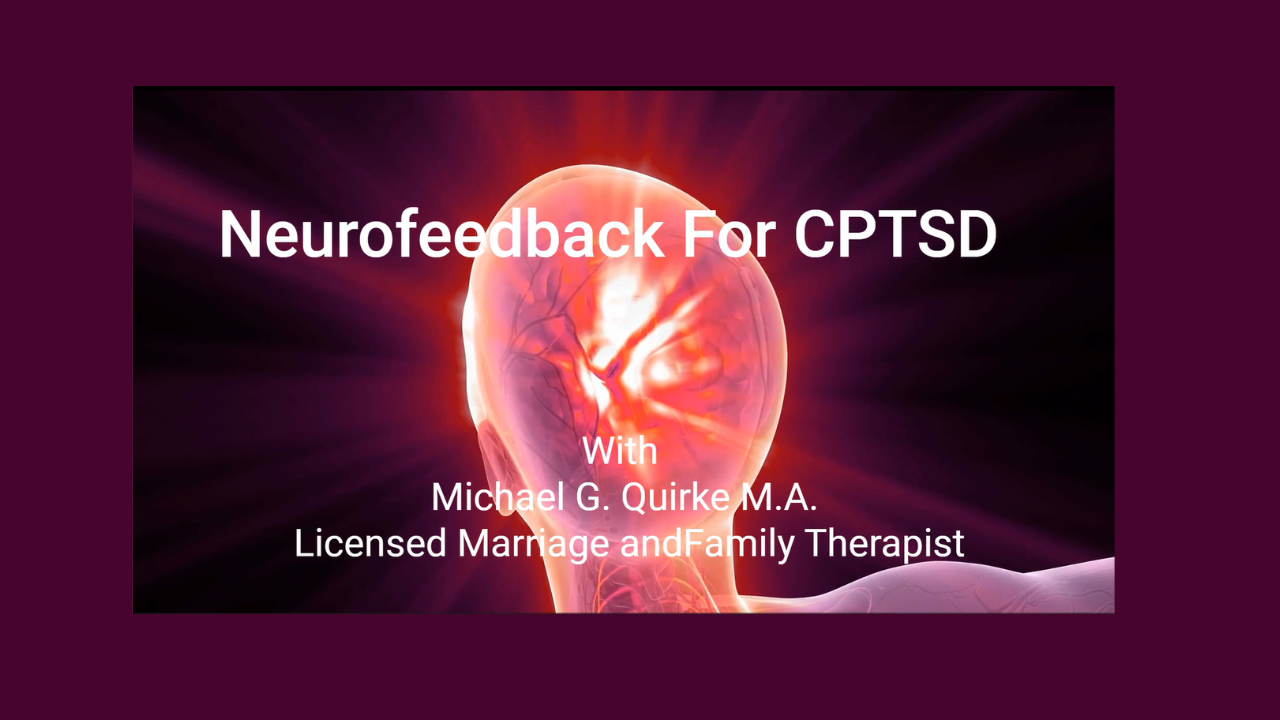 If you suffer from chronic pain, then you know the importance of having a pain management plan. It’s what keeps you functioning just so that you can get through your day.
If you suffer from chronic pain, then you know the importance of having a pain management plan. It’s what keeps you functioning just so that you can get through your day.
Yet, despite both your best efforts and those of your clinical team, chronic pain still persists.
This can make it really hard for you to live your life. In fact, it may feel as if you must live with chronic pain forever.
However, that doesn’t have to be the case.
Research is confirming that neurofeedback can be an important part of your chronic pain management plan. How so?
Consider…
How Can Neurofeedback for Chronic Pain Help?
Neurofeedback essentially retrains the brain by using a reward system. Your brain experiences pleasure when this occurs and learns that it wants to have that same experience again. Moreover, neurofeedback allows you to see your brain have these rewarding experiences in real-time via the EEG readout on the screen.
Consider briefly the findings of a research study investigating the effectiveness of neurofeedback for chronic pain management:
The University of Texas MD Anderson Cancer Center investigated whether neurofeedback therapy for chronic pain could be effective for cancer patients. The researchers studied 71 cancer patients who had previously experienced chemotherapy treatment.
The pain of the participants was assessed as well as their brain activity. Then, they were randomly separated into two groups. One received neurofeedback therapy. The other was the control group, which did not get any treatment at all.
The neurofeedback participants received 20 sessions of treatment. The researchers found that 73 percent of the treatment group saw their pain lessen with neurofeedback therapy.
In the case of these cancer patients, their brains were rewarded when playing computer games that required them to change their brain patterns. These patterns were located in the areas of the brain responsible for pain.
Eventually, patients were able to make the same adjustments to lessen the pain without having to play the game or needing to receive the reward. This is called conditioning and mirroring—important concepts of neurofeedback therapy.
What Does This Means for Your Pain Management?
When it comes to pain management, neurofeedback therapy for chronic pain is a real game-changer.
Using medications can help relieve pain, but it’s only a temporary solution. When it comes to real, lasting change neurofeedback therapy offers permanent results.
That’s because, when you participate in neurofeedback therapy, you are literally training your brain in how to cope with chronic pain. You’re not masking the pain or dulling it. Instead, you are addressing the problem at its source—in your own brain.
Is Neurofeedback Therapy Safe?
Yes! Neurofeedback therapy offers a new opportunity when it comes to pain management.
It’s important to note that neurofeedback is not “shock therapy,” or anything resembling it. The therapist places sensors on your scalp, which detect brainwave activity. The sensors connect to an EEG machine, or electroencephalogram device. It detects your brain patterns and then displays them on a screen. It is strictly an assessment tool, not something that stimulates you.
The advantage of using an EEG machine is that you see your brain patterns occurring in real-time as you participate in the reward activity. Thus, you can also see your brainwaves change when your brain receives the reward. This reinforces the learning that is occurring and the development of new brain patterns.
Instead of using other interventions, such as medication, to address the immediate sensation of pain, neurofeedback for chronic pain retrains your brain so that you no longer experience chronic pain.
If you are looking for a new pain management strategy, consider how neurofeedback therapy could help and improve your quality of life by clicking HERE.



